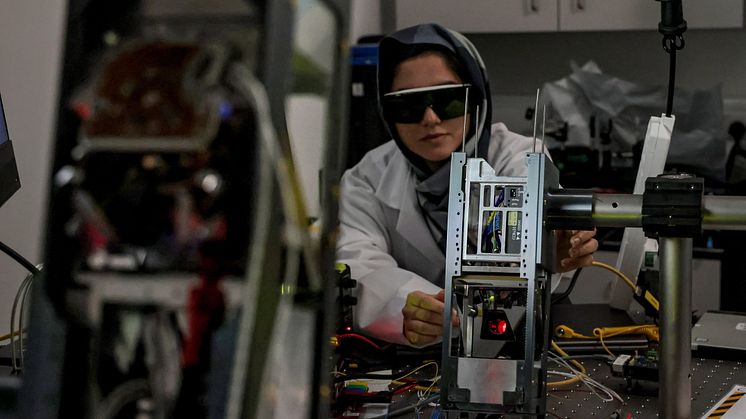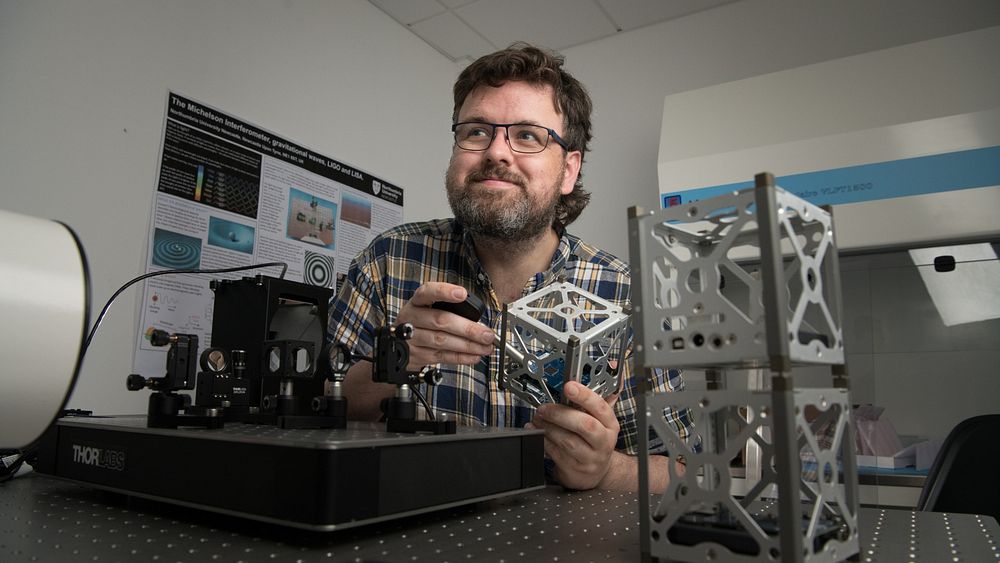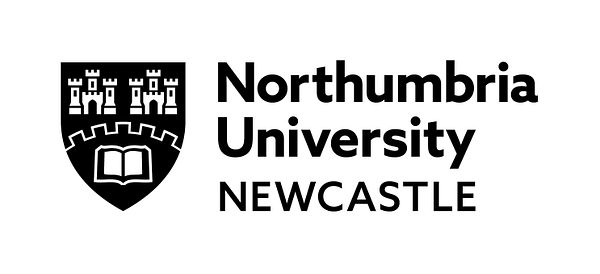
Press release -
CubeSat mission a step closer to blast off as industry invited to join final push into orbit
A consortium of academic and industry partners has come a step closer to launching the UK’s first university-led multi-satellite space mission after announcing it has successfully built and tested its first CubeSats.
Around the size of a shoe box, the CubeSats contain a high-speed laser communications system which could completely transform global satellite communications.
They have been developed as part of the Autonomous Laser Intersatellite Gigabit Network project (ALIGN), led by Northumbria’s Professor Eamon Scullion in collaboration with Durham University, Telespazio UK, SMS Electronics Limited and global aerospace company Lockheed Martin UK Space.
Having reached this pivotal milestone, the project team are now inviting investors, partners, and experts to help deliver the final stage of development – putting its cutting-edge technology into space and launching it onto the global market.
The project has progressed from concept to prototype over the last five years, having received staged funding through the UK Space Agency’s National Space Innovation Programme (NSIP) – designed to support innovative space technologies with the potential to boost the UK’s space capabilities.
It was one of 22 projects originally selected for funding in 2020, receiving £360,000 to carry out initial feasibility and design research. It was then chosen for further funding in 2021, receiving £650,000 to begin building and testing working components. Then in January 2023 the project was one of just two selected for the third phase of NSIP funding, receiving £5 million to begin preparing flight-ready CubeSats.
“With the backing of the UKSA we have proved this is not just a concept, we have developed a working prototype,” said Professor Scullion, Principal Investigator of ALIGN. “Now we are looking for industry, investors and academic experts to help us get this over the line. We’ve built something that works – it’s cutting-edge and competitive. The next stage is to prove it works in space and get it into the commercial market.”

Having carried out successful demonstrations of the technology, the next phase of ALIGN will involve testing the CubeSats under the conditions the satellites will encounter once they are launched into space.
This will be carried out in Northumbria University’s dedicated £1.2 million Space Technology Laboratory, co-funded by the Office for Students (OfS), which includes facilities such as a thermal vacuum chamber, vibration chamber, X-ray dose testing chamber, state-of-the-art class-4 laser interlocked dark room for optical alignment of the novel laser communications terminal and laminar flow cabinets for working with the CubeSats.
It is hoped the first test launch of CubeSats into orbit will take place before the end of 2027, with a full commercial launch expected in 2028.
Once in space the CubeSats will orbit the earth, communicating with each other via lasers and transmitting data 1,000 times faster than it is currently possible to do through radio frequencies.
The aim is to develop an ‘off the shelf’ product for telecoms providers, as well as global companies such as SpaceX, Facebook and Google, which could deliver Internet of Things (IoT) technology, as well as remote sensing, environmental monitoring and disaster prevention.
“This technology can handle massive bandwidth – think of today’s internet as a stream – laser comms will expand that stream into a river,” explained Professor Scullion. “It opens up a world where devices and systems communicate faster and more intelligently – tailored to how we live our lives.”
The success of ALIGN so far is due to Northumbria’s close partnerships with Telespazio UK, which has incorporated Northumbria’s laser technology into flight hardware; Durham University which has developed the optical telescope systems; SMS Electronics Limited, which has manufactured space-era electronic boards controlling the lasers, detectors and mirrors in the terminal; and Lockheed Martin UK Space, which has provided overall support and overseen the development of the CubeSats.
Professor Scullion added: “This collaboration, rooted in academia and propelled by industry, sets a precedent for how future space technologies can be developed in the UK.”
Northumbria University is hosting a series of stakeholder engagement events and one-to-one briefings over the coming months. These are open to investors, businesses, researchers, and space sector professionals interested in becoming part of the next generation of UK-led satellite communications.
For any enquiries about ALIGN, or to register interest in joining the project’s next phase, please complete this form and select that you are interested in the mission.
Northumbria University is powering the next generation of space innovation, working across a multitude of specialist areas, from space physiology to solar and space physics to satellite communications and space law and policy.
Northumbria collaborates extensively with partners including UK Research and Innovation, the UK Space Agency, the UK Met Office, and over 40 other industrial partners.
In 2023, the University announced the development of the new North-East Space Skills and Technology Centre (NESST), which is expected to open in 2026.
Described as a “game-changer” for the UK space economy, NESST is the result of a £50 million investment with partners including the UK Space Agency and Lockheed Martin UK Space. The Centre will bring together industry and academia to collaborate on internationally significant space research and technological developments, creating over 350 jobs and injecting over £260 million into the North-East economy over the next 30 years.
Watch the film below or click here to find out more about the ALIGN mission.
Topics
Categories
UNIVERSITY OF THE YEAR 2022 (Times Higher Education Awards)
Northumbria is a research-intensive university that unlocks potential for all, changing lives regionally, nationally and internationally.
Two thirds of Northumbria's undergraduate students come from the North East region and go into employment in the region when they graduate, demonstrating Northumbria's significant contribution to social mobility and levelling up in the North East of England.
Find out more about us at www.northumbria.ac.uk
--- Please contact media.communications@northumbria.ac.uk with any media enquiries or interview requests ---







